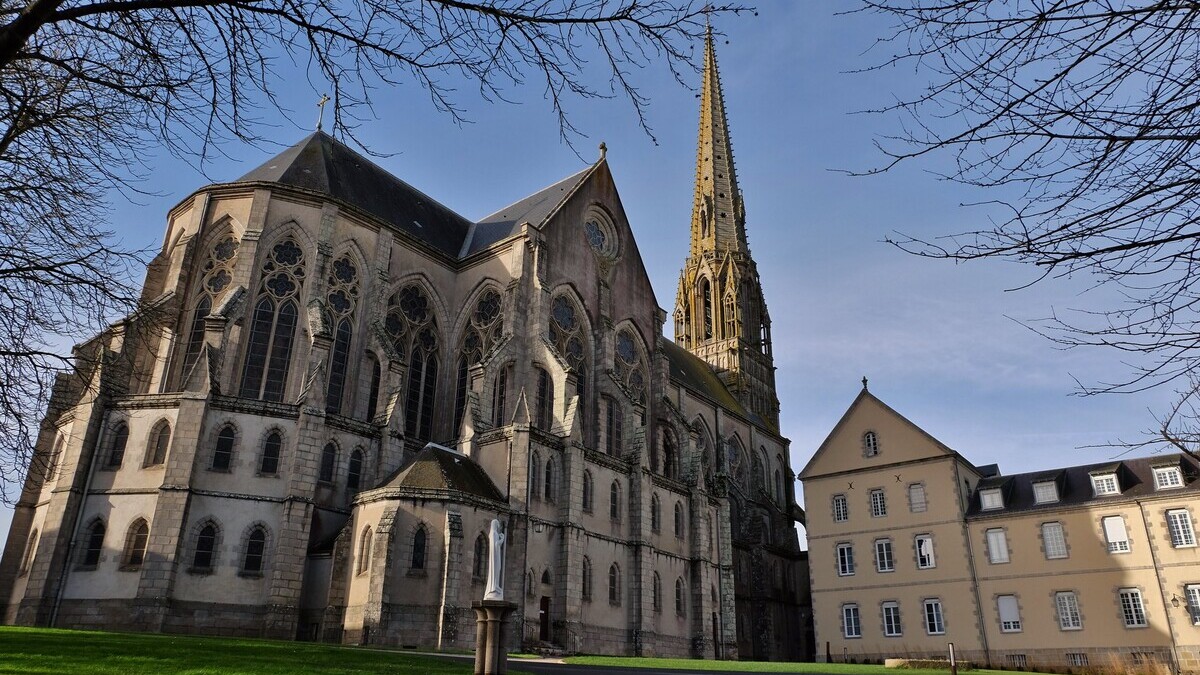
Since 2015, within the framework of a scientific partnership between the Department of the Vendée and the Congregation of the Daughters of Wisdom, the Departmental Archives have been responsible for the management and development of the historical archives kept in the Mother House of the Congregation in Saint-Laurent-sur-Sèvre. The Archives of the Vendée invite you to discover in a few chapters, episodes marking the history, the organization and the actions of our Congregation. Discover the Chapter II. “The Daughters of Wisdom write their history (continued)”.
In the 20th century, two sisters took on, in addition to their religious habit, the role of archivist and historian. They can be considered as the heirs of Sister Florence and Sister Agathange, chroniclers of the Congregation in the 18th and 19th centuries.
Jeanne-Françoise Dervaux, Sister Stephanie du Sacré Cœur, was born in the north of France. She entered the novitiate of the Daughters of Wisdom in 1901 and made profession in 1902. She worked as a teacher successively in Nantes, Bordeaux and Nijmegen, which she left in 1935 to join Saint-Laurent-sur-Sèvre where she devoted herself to the history and archives of the Congregation.
In 1950, she published Folie ou Sagesse…? (FDLS BIB 418), a book devoted to Marie-Louise de Jésus, the first years of the Congregation and the foundation of the first establishments (house of instruction, houses of charity, hospitals…). The result of thirteen years of meticulous research, the book is rich in details, anecdotes and portraits such as those of Catherine Brunet, second Daughter of Wisdom, of Mme de Bouillé, benefactor of the work, or of the Count and Countess of La Garaye, founder of the house of charity in Dinan ( FDLS WF 39).
Sister Simone de Marie devotes an entire volume (volume 2) to the action of the Daughters of Wisdom during the First World War: the nuns mobilized en masse to bring relief and care to the war wounded.